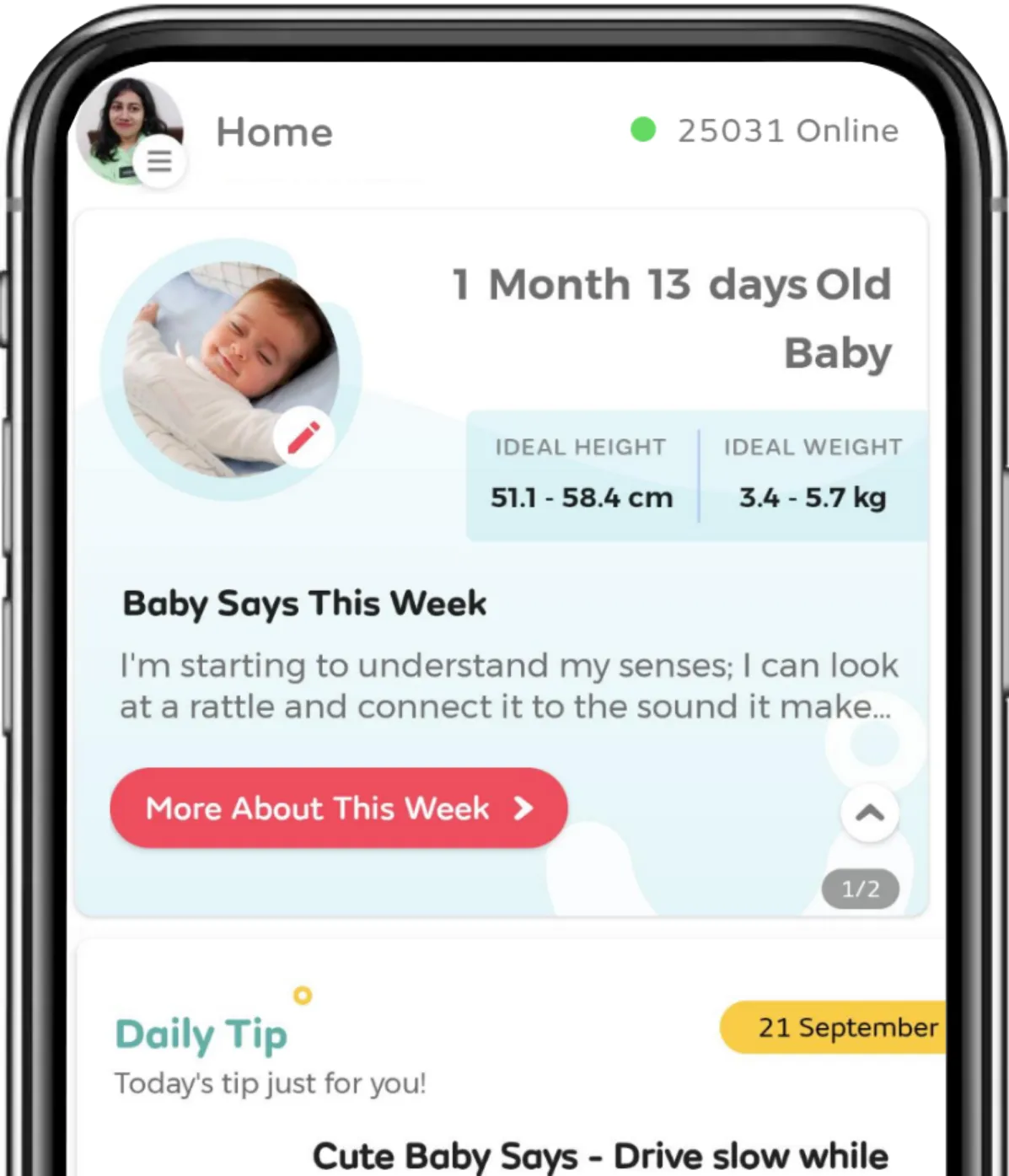Home

Fetal Heartbeat

What is the need for electronic fetal heart monitoring during pregnancy, labor, and delivery?
In this Article

Fetal Heartbeat
What is the need for electronic fetal heart monitoring during pregnancy, labor, and delivery?
Updated on 30 March 2022



Medically Reviewed by
Dr. Ritu S Santwani
Infertility treatment, Cosmetology, Recurrent abortion treatment, Menopause, Hysteroscopy & colposcopy, PCOS/PCOD, Sexual health - M.D (Obst & Gynaec)| FICOG, FIAOG, AMRCOG, ART-Singapore
View Profile

The progress of medical science and technology has made it possible for doctors to monitor every minute movement of pregnancy and labor in great detail. The entire journey of pregnancy is full of doctor’s appointments, regular check-ups, tests, and scans because they play a vital role in your journey. When your baby is peacefully floating in a warm amniotic sac, he/she can become stressed out by uterine contractions. To assess the healthy growth and development of your baby the doctor will use fetal heart monitoring to check on the rhythm and rate of the heartbeat of your baby. Fetal heart monitoring is a part of your regular check-ups during pregnancy and one of the reliable methods for your doctor to easily detect an abnormal heart rate. To safeguard the child and the mother the doctor might recommend you to undergo fetal heart monitoring if:
-
You have diabetes.
-
High blood pressure levels
-
Taking medicines for preterm labor
-
Your baby is not growing and developing the way he/she should.
The purpose of fetal monitoring is to ensure that the heart rate is normal and that gives a green signal to your doctor to proceed with the process of childbirth. There are 2 different methods of fetal monitoring:
-
Intermittent auscultation
-
Electronic fetal monitoring (EFM)
Intermittent auscultation is a method that is done with a help of a transducer. With the help of a transducer, the doctor can monitor your baby’s heartbeat at a set time throughout your labor. Electronic fetal monitoring is a method in which graphic and numeric information of the fetal heart rate (FHR) is recorded. EFM can be internal and external.
External EFM- Your ob-gyn may wrap a pair of belts around your abdomen. One belt uses Doppler to detect the heart rate of the fetus. The other belt measures the length of each contraction and the duration between them. These elastic belts have a flat device (sensors) in them and these sensors are connected to a machine that records every detail. You can hear the heartbeat of your baby and the doctor can take printouts of the recorded numeric and graphic information. How often you have contractions and for how long they lasted can be printed on a chart. EFM isn’t painful however it can be uncomfortable for a pregnant woman because of the transducers that are strapped to the belly during labor.
Internal Monitoring is done when your cervix has dilated to at least 2 centimeters. The monitoring is done during labor and when your amniotic sac has ruptured. Internal monitoring gives a more accurate record of FHR. During this monitoring, a sensor is strapped to your thigh and a tiny electrode (thin wire) is inserted into your cervix. When the tiny wire gets attached to the scalp of your baby when inserted into your uterus, you can listen to your baby’s heartbeat loud and clear with the help of a monitor.
If you have a low-risk with no complications then Intermittent auscultation is an acceptable method. Continuous EFM is required when you have developed complications during pregnancy or labor, you have a preexisting medical condition like hypertension, heart disease, and diabetes. It is also required if you have got an epidural or you require oxytocin to induce labor. If your baby’s heart rate is abnormal then your doctor might recommend you to undergo some more tests and scans before arriving at any decision. An abnormal heart rate doesn’t always indicate that there is something fishy, further tests will determine the actual issue.





Medically Reviewed by
Dr. Ritu S Santwani
Infertility treatment, Cosmetology, Recurrent abortion treatment, Menopause, Hysteroscopy & colposcopy, PCOS/PCOD, Sexual health - M.D (Obst & Gynaec)| FICOG, FIAOG, AMRCOG, ART-Singapore
View Profile


Written by
Loveleen Gupta
A working mother with more than two decades of experience in writing for the publishing industry and digital space, Loveleen Gupta loves dabbling in creative writing also. A graduate from Miranda House, she uses her personal experiences to express herself.
Read MoreGet baby's diet chart, and growth tips

Related Articles
Related Topics
RECENTLY PUBLISHED ARTICLES
our most recent articles
Constipation
Constipation in babies: Symptoms and Cure
Childproofing
Childproofing checklist: Before your baby crawls

Pregnancy
Home essential medical kit for Corona.
Best Sleeping Positions
How to have a safe sleep during your pregnancy and what are the best sleeping positions?

Role Of A Father
Being a new dad how can I comfort my newborn baby in the middle of the night?

Baby Care
Numerous reasons for having 1 in million life partner
- Massaging your baby is not the best idea according to doctors
- jyadatar babys ko hone vali problems ka solutions
- Sharing responsibilities with your partner
- Ovulation- Few easy ways to detect your most fertile time
- Major Milestones and Tips to manage your 8-month-old baby
- 7 Advantages of Being a New Mom
- Are you wondering when can you start feeding finger foods to your baby? Here's a complete guide.
- Learn all the important do’s and don’ts of hosting a baby shower.
- Make an interesting diet chart for your 11-months-old baby
- Know more about Infant developmental milestones for 7-12 months old.
- Water breaking: What it feels like.
- Golden tips of Ayurveda for pregnant women to keep the spirits high
- What is Preeclampsia?
- Know all about Annaprasan ceremony of your baby and how to celebrate it.


AWARDS AND RECOGNITION

Mylo wins Forbes D2C Disruptor award

Mylo wins The Economic Times Promising Brands 2022
AS SEEN IN
















- Mylo Care: Effective and science-backed personal care and wellness solutions for a joyful you.
- Mylo Baby: Science-backed, gentle and effective personal care & hygiene range for your little one.
- Mylo Community: Trusted and empathetic community of 10mn+ parents and experts.
Product Categories
baby carrier | baby soap | baby wipes | stretch marks cream | baby cream | baby shampoo | baby massage oil | baby hair oil | stretch marks oil | baby body wash | baby powder | baby lotion | diaper rash cream | newborn diapers | teether | baby kajal | baby diapers | cloth diapers |








